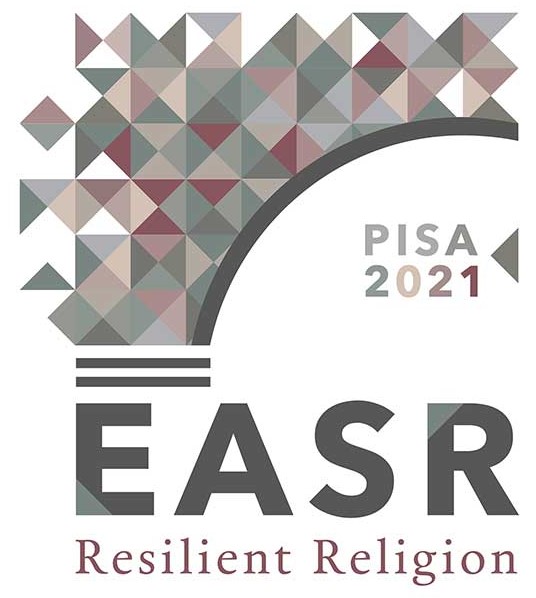Underground religious spaces as resources for community resilience
Underground spaces mark in space deep transformations experienced by a community.
Grottos and caves become places of worship for marginal or persecuted groups, they allow minority religious groups to survive after great social and cultural changes; cavities and abandoned environments are used as homes by minorities, refugee groups, marginalized, homeless; tunnels and galleries are used as shelters during wars and invasions; hypogeal burial areas are utilized continuously across the ages; under the ground are accumulated waste, deposits of the past, traces of events far in time.
They are not only places of memory (Halbwachs 1925, 1941; Assmann 1992; Ricoeur 2000), but also dynamic elements able to interact semantically with the society that created them, continuing to keep them as a reference.
They connote themselves in a religious sense and remain in use for long and very long durations, changing function, assuming different semantic values. They play a specific role in the urban fabric becoming a sort of mine providing inputs for resilience processes (memories, links to events, a memory of pain, a memory of trauma).
Inside underground spaces can take place a salvific search, featured also in a religious sense, which then produces effects of resilience in the life of the city on the surface.
The focus of the session is on the analysis of the socio-religious dynamics connected with underground spaces, as well as on the anthropological, symbolic, and mythological values of the acts of descending and ascending, bringing to light, hiding underground, being born in a cave, discovering springs and groundwater, finding and re-finding holy bodies, relics and signs.
The connections of the topic with valorization programs throughout Europe and the Mediterranean area are objects of the session as well. The introduction of case studies is welcome as well.
Renata Salvarani: renata.salvarani4653@gmail.com
